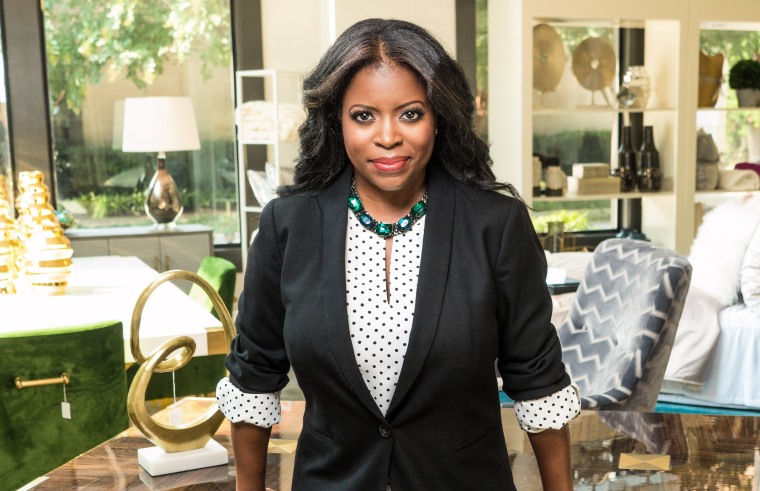A leader’s job is to inspire results from individuals on her team. But this can be easier said than done.
“I think as a strong leader, your job is to get the best out of your team, to equip them with whatever it is that they need to be able to do their best work for you and for your company,” said Keesha Boyd, an organizational psychologist and executive director of multicultural video and entertainment at Comcast.
As part of Know Your Value's "Leveling Up" series, Mika Brzezinski and Boyd recently chatted about four ways to truly bring out the best in your colleagues.
1. Ask what resources and tools an individual needs
“It’s incredibly important to start at that space of, what is it you need from me to do your best work?” Boyd explained.
Boyd said that’s always the first question she asks when she starts to manage someone. She asks the individual, “What do you need from me? What works best for you?”
“I ask how they like to be managed, and then I flex to that style,” Boyd said, adding that she will observe and adjust her approach if needed. While some individuals prefer regular check-ins, for example, others may prefer that they work autonomously and reach out to her manager when she needs some assistance.
2. Lead with the heart
Boyd said she recognizes that people are people first. She believes that she is heart-led and person-centered as a leader and a colleague, and that has served her well over the years. “Yes, their job is to do X, Y, Z for this company, but they’re an individual… They’re somebody’s mother, friend, sister, wife maybe,” Boyd said. “If you start at the place where this is an individual and a person and most people want to do good work, then as someone maybe off-course or off-kilter, you realize they need more help,” she said.
Boyd said she identifies whether a team member needs more resources, more training, more modeling, and so on. This could involve inviting your colleague to a meeting so she can see how you manage it or having them CC you on emails so that you can evaluate their communication style.
“When you lead with your heart, you’re coming from a space of recognizing that everyone wants to do good work, everyone wants to be treated well and treated fairly, and people want to enjoy the time that they’re spending.”
This approach encourages employees to be honest and candid with you about what is going on with them.
Brzezinski encouraged employees to ask for what they need to be successful. "If your employer values what you do, and if you value the job, having the ability to communicate and having them know who you are, is the path to success and a long career," she said.
3. Be mindful about the way you provide feedback
Boyd recommends the “FYI Book,” which she said is the quintessential development roadmap. “It breaks down a myriad of certain skills and competencies, and it breaks it down into an overused skills vs. an underused skill vs. an appropriately applied skill,” she explained. It ensures you have the right language to be able to frame your feedback and to help describe whether someone is coming off a bit timid or needs improvement in another area. Boyd added that it provides great advice on how to lead conversations about employee feedback
Also remind an individual that if you’re getting feedback, that’s good news. It’s something you should take with grace and eagerness to improve. “If you weren’t worth the time, you wouldn’t be getting the feedback,” Brzezinski said.
4. Don’t shy away from differences
“There’s a battery of research out there that shows that women and people of color often don’t get the critical feedback they need in order to improve,” Boyd explained. “If you feel that you don’t quite have the language to say a thing, start there,” she added. Try something like, “I’m not sure if I have the right language to describe this, but I’m going to give it a shot,” she said. “Toy with the words, give it space to breathe, and if you are a leader who is leading from a heart-centered space, your employee is going to feel that.”
“You want to bring out the best in others, but let others bring out the best in you as well,” Brzezinski added.
